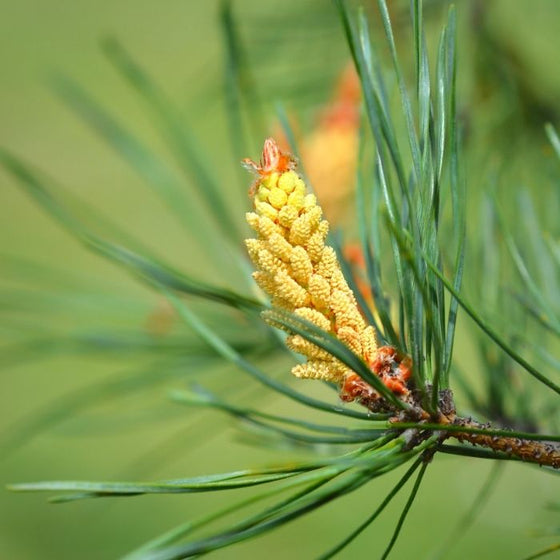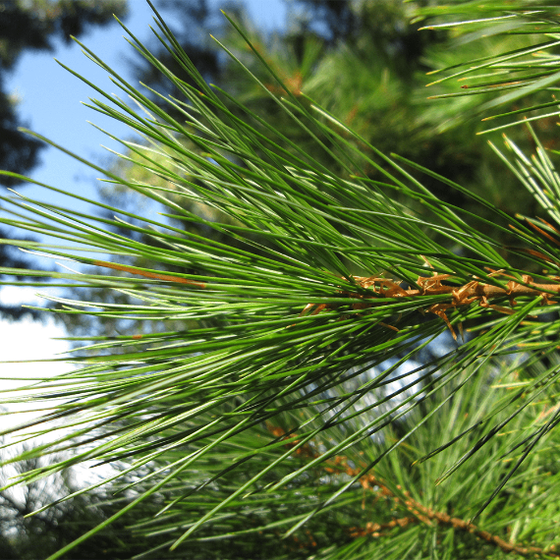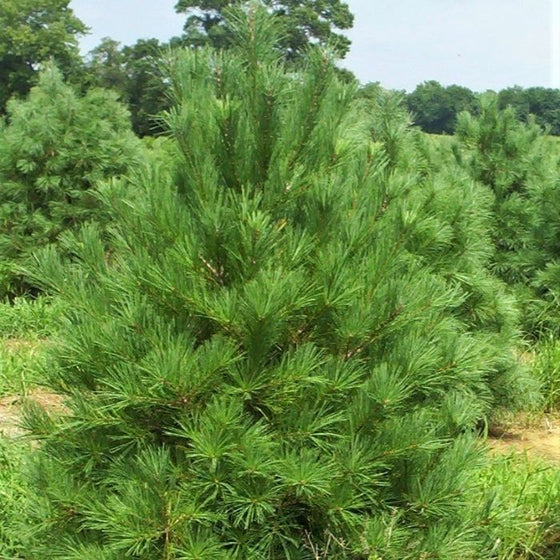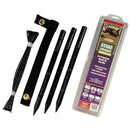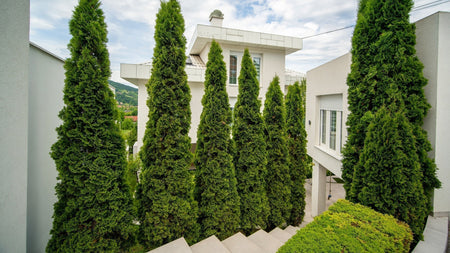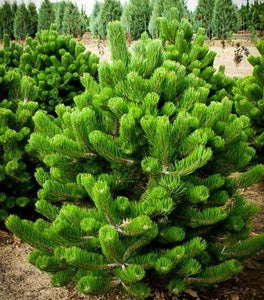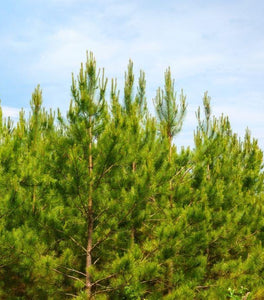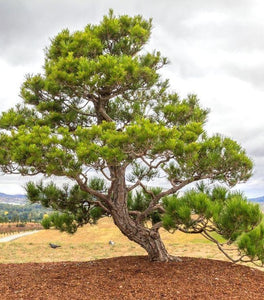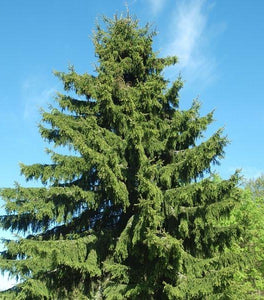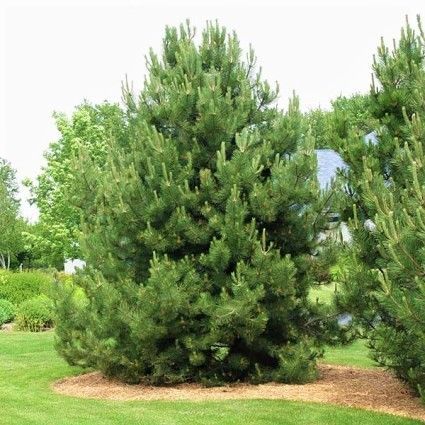
Images Depict Mature Plants
White Pine Tree – Fast-Growing Evergreen Shade and Privacy Tree
A fast-growing native evergreen.
The White Pine Tree (Pinus strobus), also known as the Eastern White Pine, is a fast-growing evergreen that adds beauty, shade, and structure to any landscape. With its soft, feathery needles and tall, elegant form, this tree is prized both for its ornamental value and its practical uses as a shade tree, windbreak, or privacy screen.
Perfect for large landscapes and privacy plantings.
Reaching 50–80 feet tall with a spread of 20–40 feet, the White Pine is one of the best choices for open landscapes, property borders, and reforestation projects. Its dense evergreen canopy makes it excellent for wind and noise barriers, while its quick growth rate means you won’t have to wait long to enjoy its benefits. Plant them in rows for a living privacy wall or as a single specimen tree to anchor your yard.
Soft needles and year-round color.
Unlike many pines, the Eastern White Pine has long, soft, blue-green needles that add a unique texture to the landscape. The foliage provides a lush, evergreen backdrop throughout the year, while the tree’s tall, pyramidal form creates a striking silhouette against the sky. Its soft needles also make it more family- and pet-friendly than prickly pine varieties.
Hardy, adaptable, and low-maintenance.
Native to North America, White Pines are hardy in USDA Zones 3–8, making them suitable for a wide range of climates. They adapt well to various soil types and require minimal care once established, thriving with just occasional deep watering during prolonged droughts. With their fast growth, hardy nature, and timeless beauty, White Pines are a reliable evergreen for homeowners, landscapers, and reforestation projects alike.
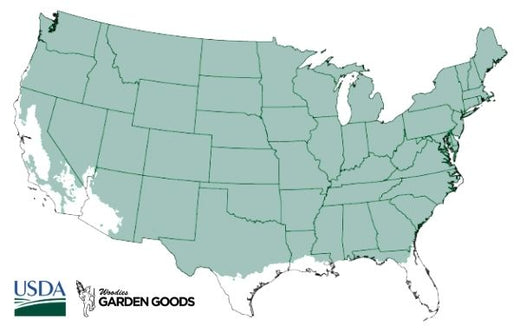
| Mature Height: | 50 to 80 Feet |
|---|---|
| Mature Width: | 20 to 40 Feet |
| Sunlight: | Full sun to partial shade |
| Foliage color: | Dark green |
| Soil Conditions: | Adaptable to most soil conditions |
| Growth Rate: | 3-5 Feet/year one established |
How to Care for White Pine
After you buy an White Pine from Garden Goods Direct, follow the planting and care instructions below for the best outcome:
How do I plant a White Pine tree?
Choose a sunny to partially shaded site with well-draining soil. Dig a hole twice as wide as the root ball and just as deep. Place the tree so the root flare is level with the soil surface, backfill halfway, water thoroughly, then finish filling and water again. For windbreaks or privacy screens, space White Pines 12–15 feet apart to allow their wide canopy to fill in naturally. Finish with a 2–3 inch mulch layer around the base to help retain moisture and regulate soil temperature. Avoid planting in compacted or waterlogged soils, as pines prefer aerated conditions.
How often should I water a White Pine?
Water deeply once or twice per week during the first growing season to help establish strong roots. Adjust based on rainfall and soil conditions, ensuring the soil remains moist but not soggy. Once established, White Pines are relatively drought-tolerant but benefit from occasional deep watering during extended dry periods. Consistent moisture in the early years helps promote faster growth and a healthier canopy.
When and how should I fertilize White Pines?
Fertilize White Pines in early spring with a balanced, slow-release evergreen fertilizer. Spread evenly around the drip line and water well. This supports strong growth and vibrant foliage, especially in younger trees. Avoid heavy fertilization late in the season, as it may stimulate new growth vulnerable to frost damage. A single annual feeding is usually sufficient for mature trees.

Do White Pines need pruning?
White Pines require little pruning, but you can remove dead, damaged, or crossing branches in late winter or early spring. For shaping or size control, prune lightly and avoid cutting into the central leader to maintain the tree’s natural pyramidal form. As they mature, White Pines develop an airy, open canopy. Minimal maintenance is needed beyond occasional trimming to improve airflow and maintain structure.

